The Airflo Super Dri, A Fly Line For Trout That Delivers On The Promise Of Technology
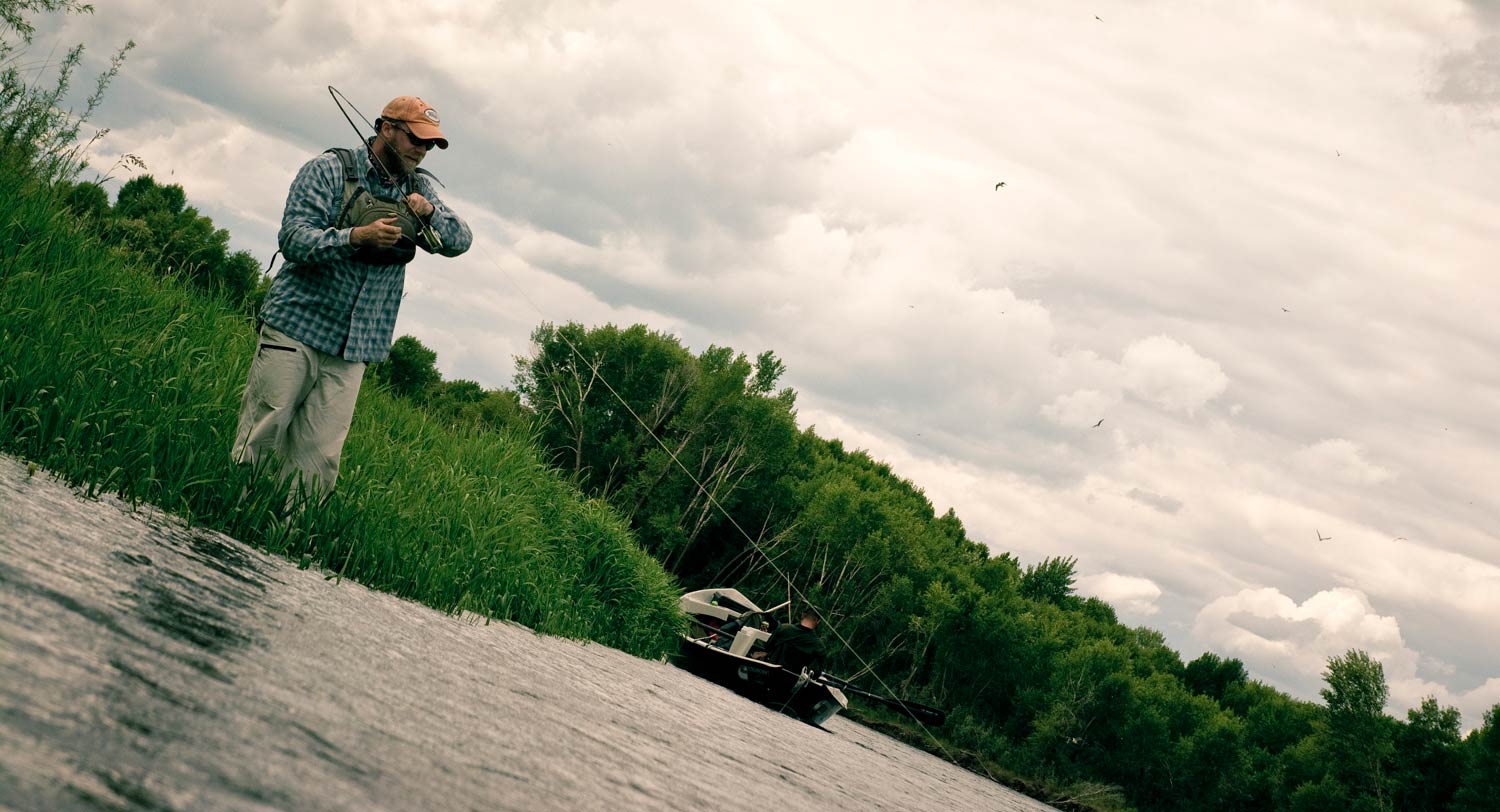
“YOU’LL FEEL THE DIFFERENCE ON THE FIRST CAST.”
That’s the promise that Airflo makes in its advertising. For once, that’s an advertising promise kept. I can honestly say that the first time I cast the Airflo Super Dri fly line, I was aware that it was unique. A product that clearly stood out. In fact, that’s exactly what I thought the first time I touched the line. It feels different in your hand.
I’ve become numb to words like hydrophobic and nano technology. Where fly lines are concerned there’s often a lot more marketing than science involved in those kinds of claims. That honestly was what I thought when I saw the name, Super Dri. I was wrong.
There are a couple of qualities that make this line stand out.
The slickness in incredible. Like no fly line I’ve ever touched, and it lasts. It’s not just a coating that wears off. It appears to be made into the line. The line stays slick and remarkably clean. This makes the Super Dri fly through the guides like no fly line I’ve ever seen. There is a significant increase in distance.
“Zone Technology” is a fancy way of saying
Read More »Sunday Classic / The Only Two Caddis Pupa Patterns I Need to Carry
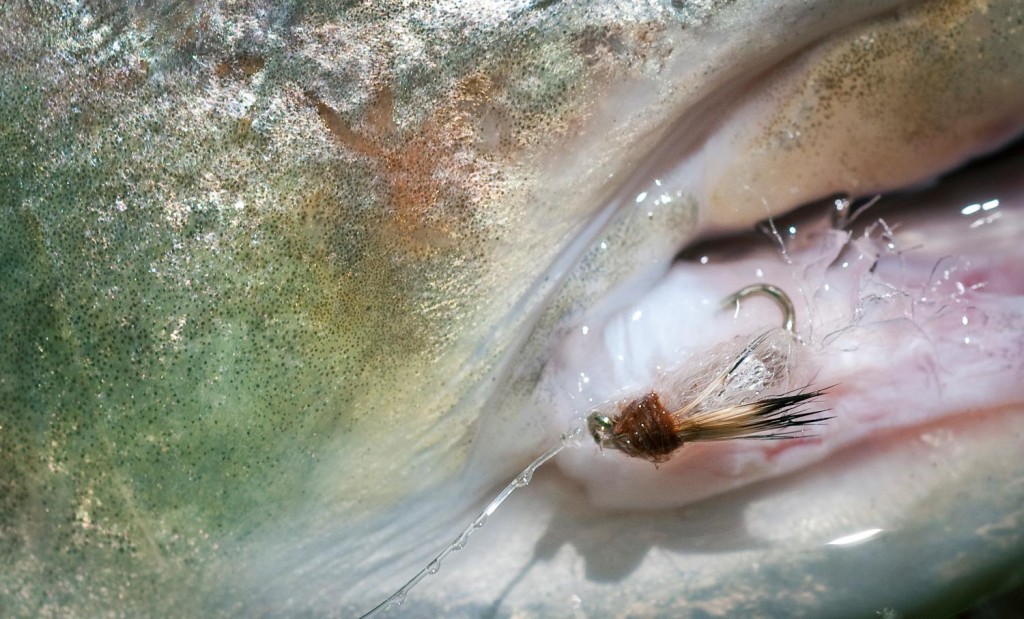
Caddisflies, who doesn’t love them? I can assure you trout sure do. Tying a caddisfly imitation on, is usually not a bad move on any trout water you visit. Globally, there’s thousands of different species of caddisflies, and that fact alone, one could argue caddisflies are the most abundant and popular aquatic insects found in trout water. If I remember correctly, my first trout landed on a dry fly was with an Elk Hair Caddis. That was a long time ago, back when I knew nothing about fishing caddis pupa patterns and how important they were. I’ve since, with the help of the great Gary LaFontaine, author of the famous book, “Caddisflies”, deepened my knowledge of this aquatic insect, and I’ve built a whole new appreciation and respect for the importance they have in a trout’s diet. Year-round, but particularly during the spring, early summer and fall, fly anglers should be well stocked up on caddisfly pupa fly patterns.
It’s safe to say the most effective way to catch the trout during a caddisfly hatch is
Read More »Saturday Shoutout / Other People’s Flies
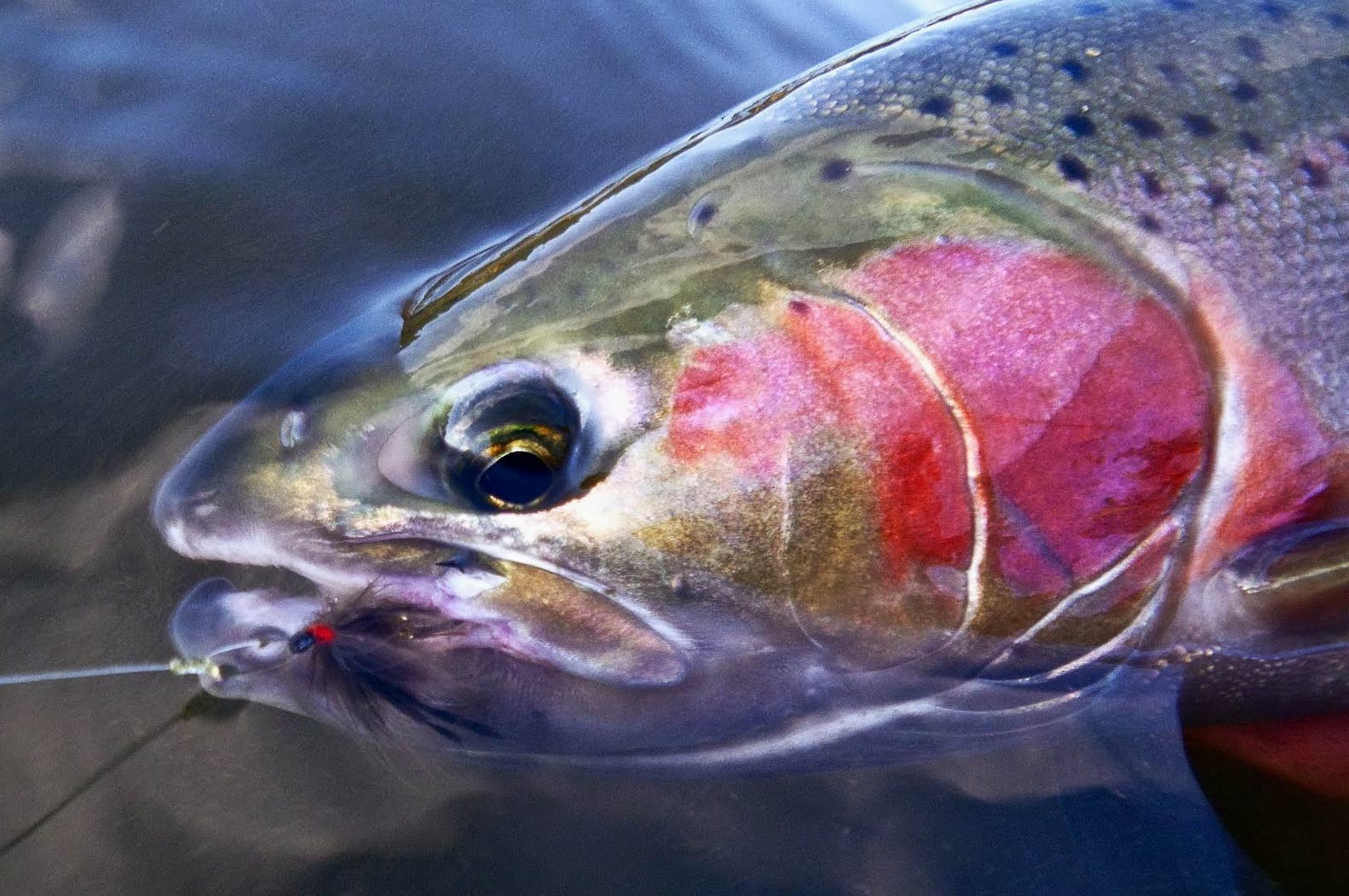
JOSH MILLS IS FISHING OTHER PEOPLE’S FLIES, AND DOING PRETTY WELL.
Millsfly, the online project of Washington based angler Josh Mills, is a site dedicated to steelhead, conservation and family. Josh does a pretty nice job of balancing these topics and shares a few good ideas and photos along the way.
This piece caught my eye. It’s all about paying it forward and coming together as a community. A message that a great many of us should be taking to heart. So, take this link as a fly shared. Enjoy Millsfly and pass it along to someone. It never hurts to pay it forward.
“THE KARMA OF OTHER PEOPLE’S FLIES”
Read More »2 Alternatives for Attaching Split-Shot
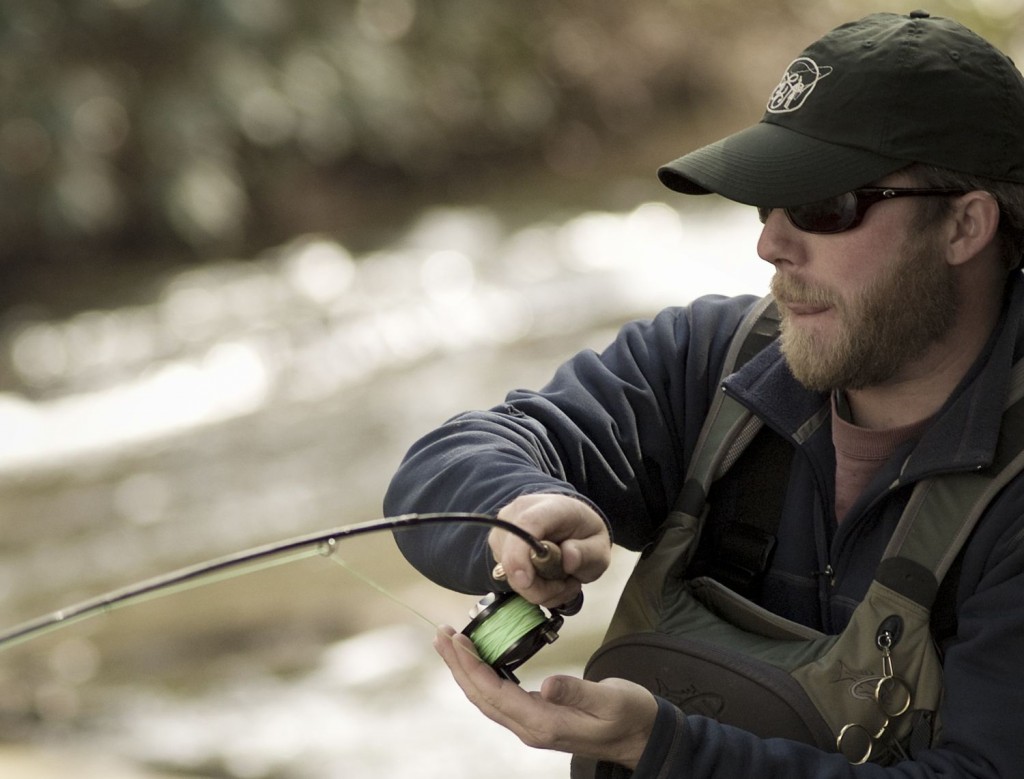
YOU’VE BEEN FISHING HARD ALL DAY LONG SEARCHING FOR THAT PERFECT HONEY HOLE.
You know the one I’m talking about, it’s the one that holds that trophy trout that keeps haunting you in your dreams. It’s getting late, your tired and you know you should be heading back, but there’s a bend just up ahead, and your curiosity keeps pushes you forward with those powerful words, “This could be it, just see what’s on the other side”. Sure enough, as you round the corner, you lay your eyes on a picture perfect run, offering everything a trophy trout could desire. “Screw it”, you say to yourself, “I’ve got time for one more spot. You get into position, make the cast, mend your line, and begin following your strike indicator with your rod tip, when out of no where, it shoots under the surface like it was just attached to a iron dumb bell. You set the hook, and feel the heavy weight of the fish thrashing its big head, and you’re immediately on cloud 9. The adrenaline rush doesn’t last long though. It’s quickly replaced by painful heart ache when you feel your tippet snap, and watch your rod go straight. The excitement is all over…, you won’t land that trophy fish or even be graced with a quick glimpse of it for that matter. The only memory you’ll have to remember that trophy trout is the few aggressive head shakes after the hook set. You bring your fly-less rig to hand and find the tippet broke at the split-shot.
HAS THIS EVER HAPPENED TO YOU BEFORE?
If you attach your split shot
Read More »The Nautilus Monster Fly Reel, Every Tarpon’s Worst Nightmare
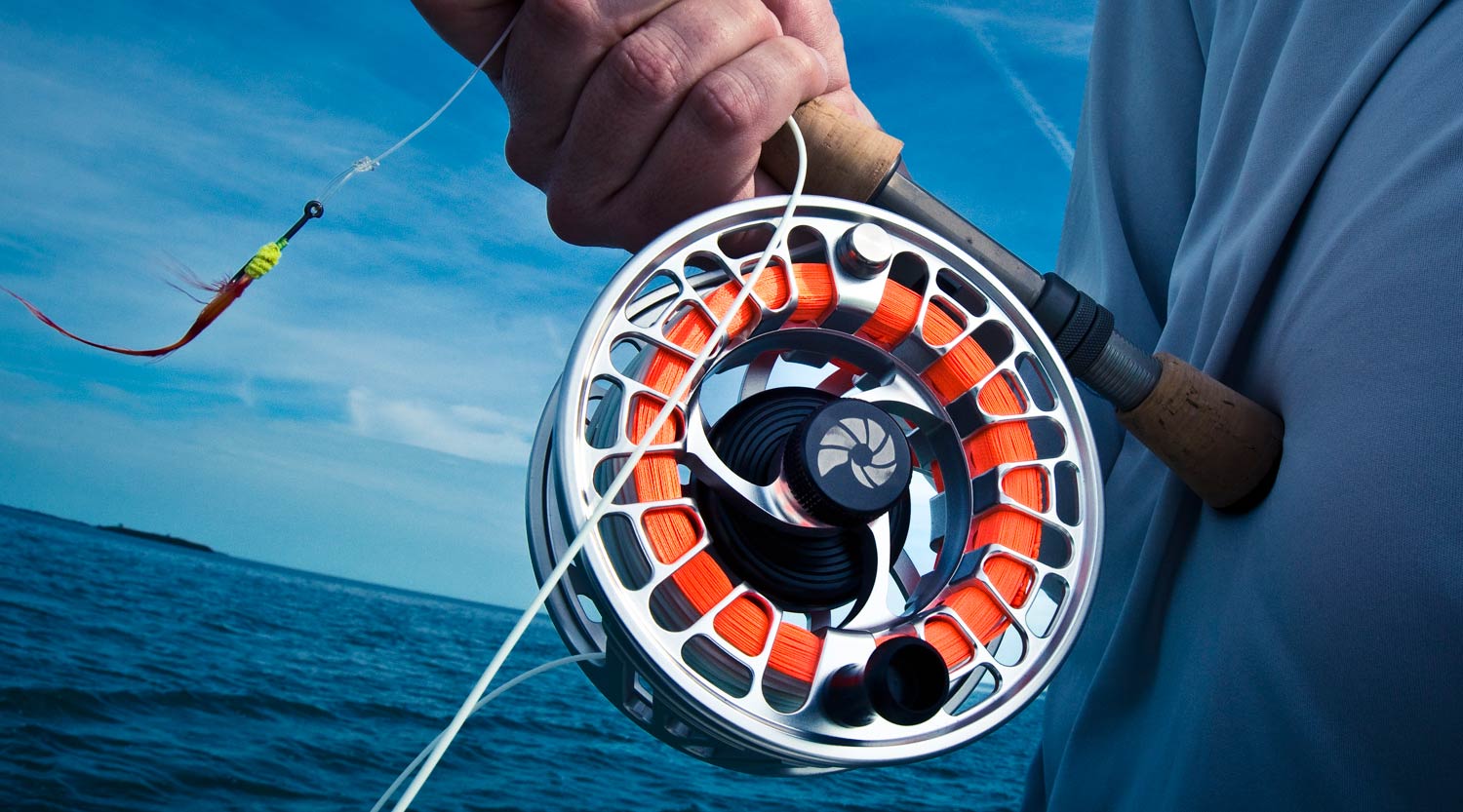
IF TARPON HAVE NIGHTMARES, THE MONSTERS UNDER THEIR BEDS COME FROM NAUTILUS.
Earlier this year, when I started going through my gear for tarpon season, something kept nagging me. In the back of my mind I knew that I needed a better reel. I’d been doing OK with my old tried-and-true tarpon reel but I knew it was the weak link in the chain. One thing I know about tarpon, if there’s a weak link they will find it. I picked up my phone and shot off a text to my buddy Kristen Mustad at Nautilus.
“I’m ready to stop fucking around. I need a monster!”
The Nautilus NV monster is the pinnacle in fly real design. A schoolyard bully with a PhD. Brains and brawn in one package. A reel with one thing on its mind. Breaking the spirits of big fish. Let’s take the Monster apart and see what makes it tick.
Weight
Before the fight begins, before your drag starts to sing, you have to find and hook a fish. Sure, but what does that have to do with your reel? Fatigue, that’s what. Big game reels which hold lines 12 weight and up can weigh a pound. That’s a lot of weight to put on a rod and cast all day. Fatigue from casting with a heavy reel can cause your casting to get sloppy, just when you need it the most. At just over 9 ounces, the Monster helps keep your casting arm fresh and your casts clean and accurate. The Monster is working for you before you even hook the fish.
Now that you’ve hooked that fish, the Monster starts
Read More »Sunday Classic / Chug a Coke, Save a Bleeding Fish
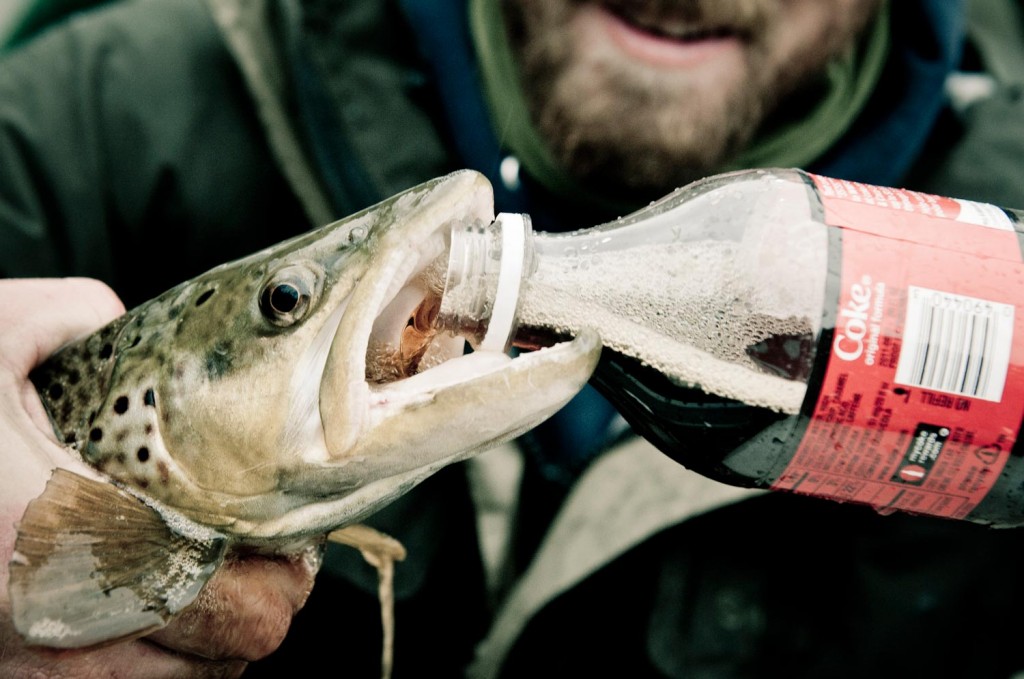
There’s nothing worse than watching a big beautiful wild fish bleed out from a damaged gill. I found myself in just that situation with a big brown trout one day. Watching helplessly as the water turned red. Thank God Kent was with me. Thinking fast he said, “hey, did you finish that Coke?” I had not and he showed me a great trick. He opened the fish’s mouth and poured the Coke down her throat. As soon as it hit the injured gill the bleeding stopped. It was like magic. I’m not sure if it’s the carbonation or the acid but something in the Coke cauterized the wound. It saved that fish’s life. I know it for a fact because I saw her in that same pool several weeks later, although she was wise to me by then. I’m certain it was the same fish. There couldn’t be two just alike in that little pool. It’s one more thing to carry but having a Coke on hand is a great idea.
Read More »Saturday Shoutout / Bob White on Fly Dreamers
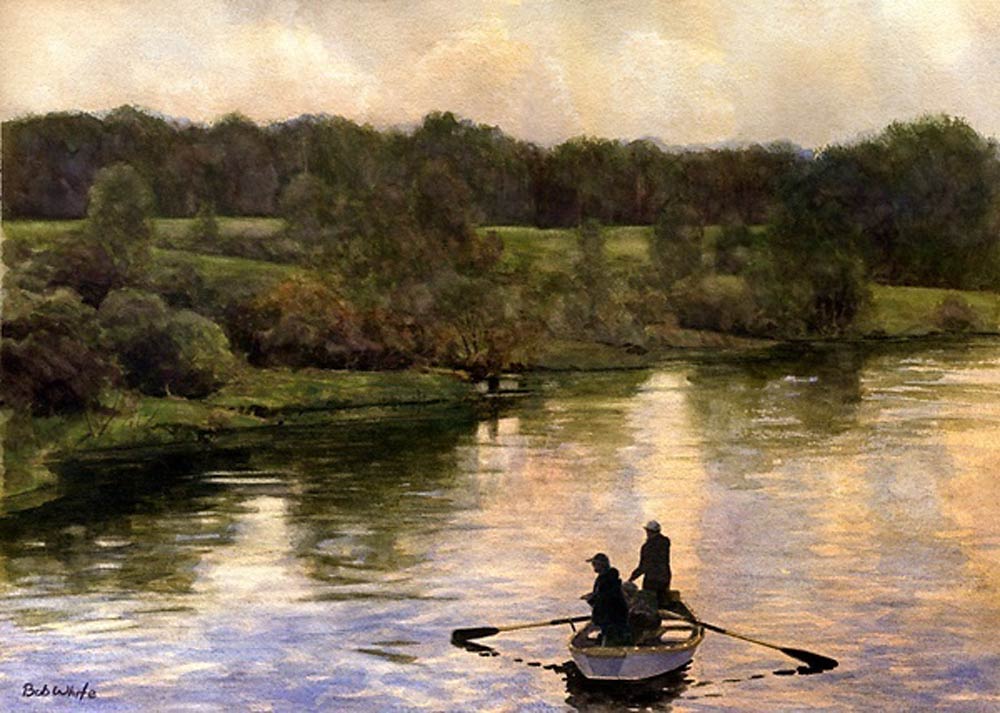
PAINTER, ANGLER, MENTOR, GUIDE
There are not many names in the sporting world as recognizable as Bob White. And for good reason. For many of us, myself included, Bob defined the look and feel of the angling world. In my minds eye, him images often replace those of the real.
Bob’s gentle nature, his respect for land and waters, his humor, all come thru in his work. He has taken us place we might otherwise never go.
This week we’re sharing a great interview with Bob from Fly Dreamers. Some good words and great images for your Saturday.
Bob White on Fly Dreamers
Read More »Tenkara – Gear to Get Started
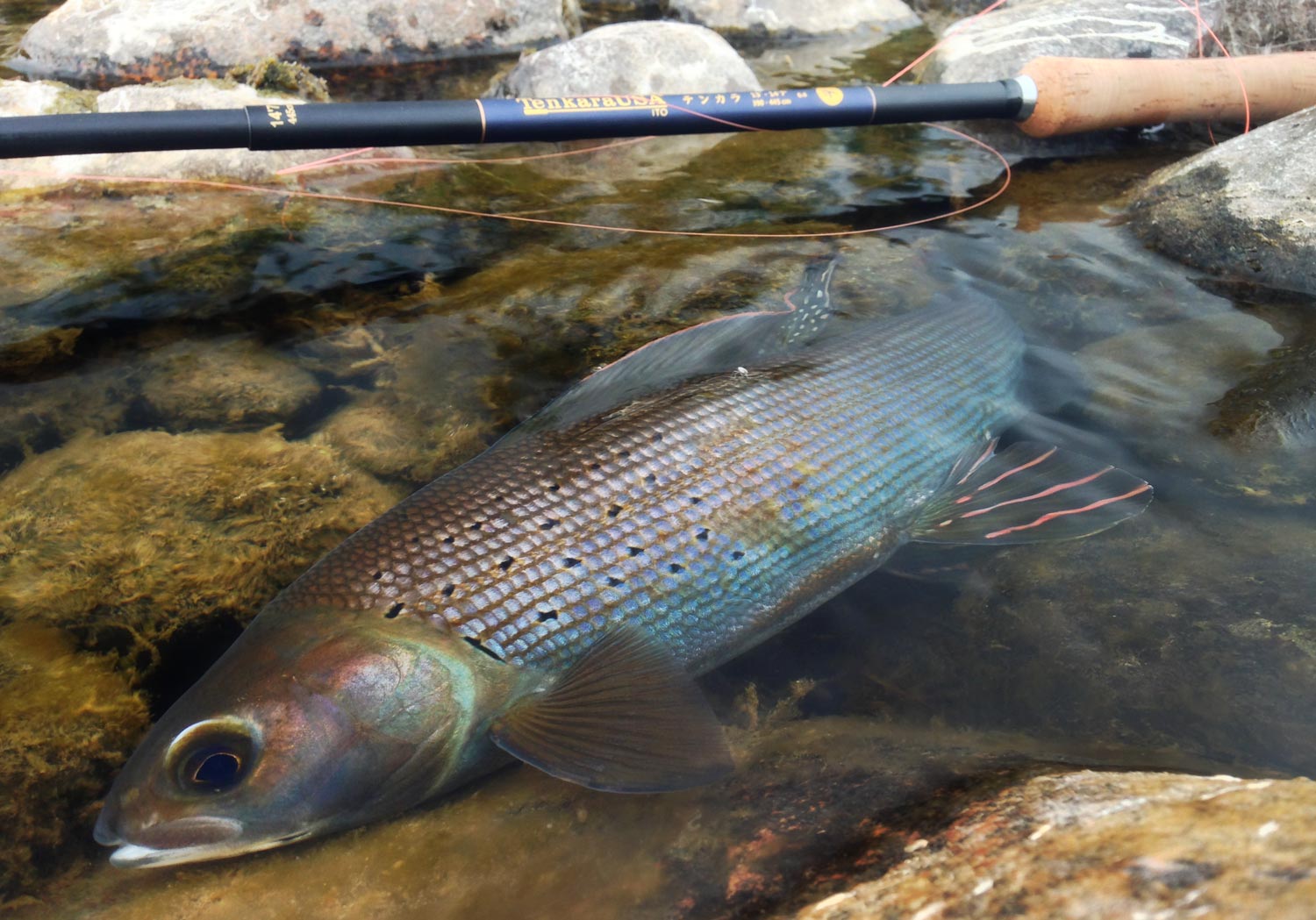
By Daniel Galhardo
Several years ago while visiting Japan I was introduced to the traditional method of fly-fishing called tenkara. Fascinated by the history and simplicity of tenkara, I decided to introduce tenkara to the United States and founded Tenkara USA.
In my view tenkara can be a breath of fresh air for the experienced angler and knocks down the barriers that face a novice getting into fly fishing. The equipment is minimal; to get started all you need is a rod, line and fly. That minimalism is one of the things that most appealed to me when I first came across tenkara.
Like anyone taking up a new sport, despite its inherent simplicity, at one point I too was a bit daunted by the process of selecting the gear I needed to get started. I have been down the road of selecting the gear I needed for tenkara, and have helped a lot of people choose the equipment they needed. I’ve tried finding a process to assist in the selection. I want to share my thoughts on how you too can get started with tenkara, right now if you want to.
Tenkara Rods
First things first, all tenkara rods
Spey Casting Diagnostics Checklist
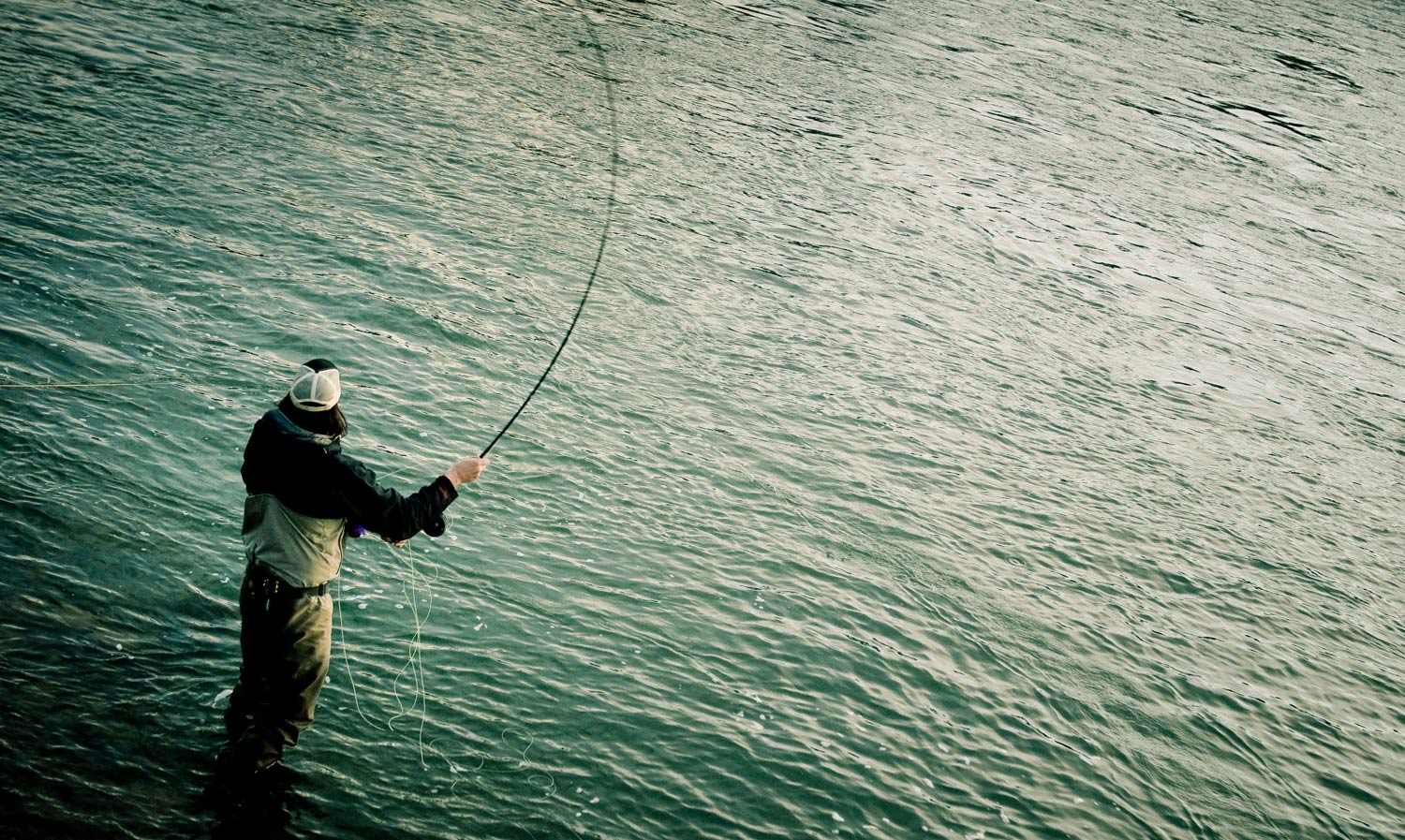
By Jeff Hickman
SPEY CASTING IS A PROCESS REQUIRING SEVERAL STEPS TO BE FULLY COMPLETED IN A SEQUENCE.
To effectively and consistently make good spey casts you need to focus on these steps, especially when learning. But even veteran and advanced two-handed casters also need to focus on the important steps. Everyone who has Spey fished has had a meltdown at some point where their cast completely falls apart. In my experience these meltdowns are triggered by one small element changing. That one element starts a chain reaction that wrecks the entire cast. The cause could be external such as a change in the wind direction or wading depth or the change could be internal — you got lazy on your anchor placement or started dipping your rod behind you.
Recently while presenting at the annual Sandy River Spey Clave in Oregon, I jokingly made a reference to a fictional Spey Casting Diagnostics Checklist that I printed on waterproof paper and kept in my wader pocket. I was simply trying to make people laugh as Spey casting presentations can be a bit on the dry side. After the presentation many people came up to me and asked if I could give them one of my checklists. Since I did not actually have one, I told them I could email a checklist over. But it occurred to me that this is something that people want, so here is my short checklist that you can print and bring with you to the river next time:
Read More »Sunday Classic / Feel the Tarpon Burn
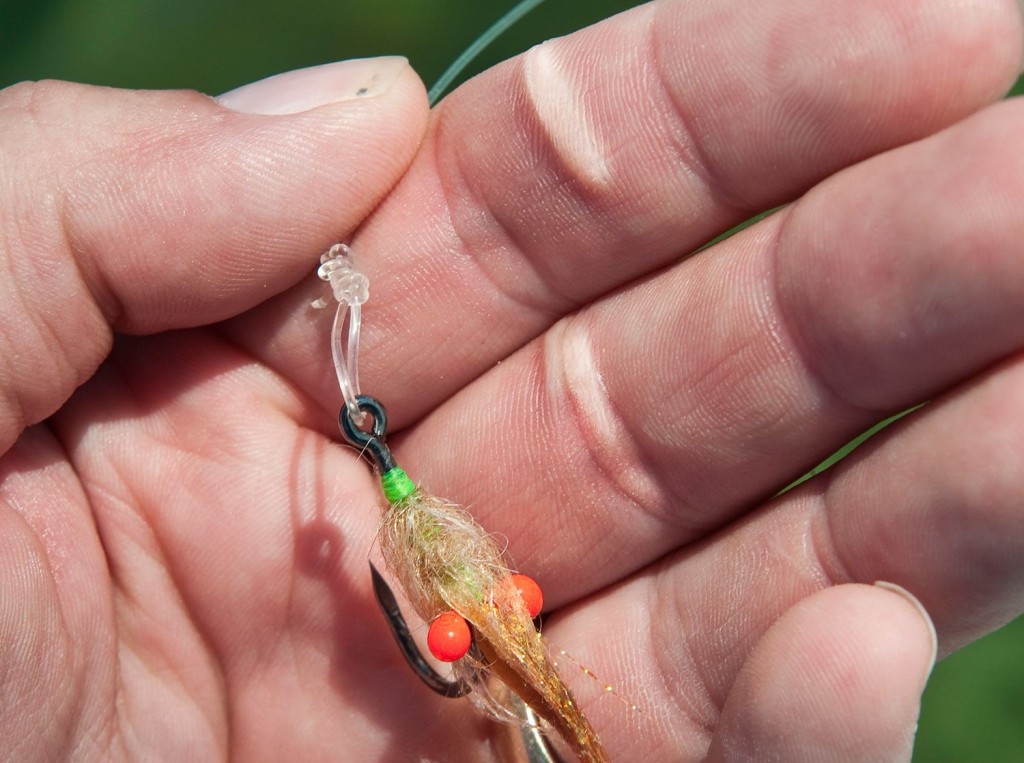
The first step in landing a big tarpon is getting a really good hook set. If your hook fails to penetrate the hard boney mouth of the tarpon, it almost always will be spit out after the first or second jump. My previous trip to the Florida Keys I experienced just that, walking away with a 0-2 record, all because my hook-sets were piss poor. I wasn’t hitting them hard enough after the eat, and I made a pledge after that trip, that the next time I got a big tarpon to eat, I’d focus 100% solely on making sure my hook set was absolutely perfect. Believe me when I say, it’s humiliating as hell having a guide stare you down after you blow a hook-set. It makes you want to go find a hole to crawl off into.
When Capt. Bruce Chard put me on the biggest tarpon of my life
Read More »